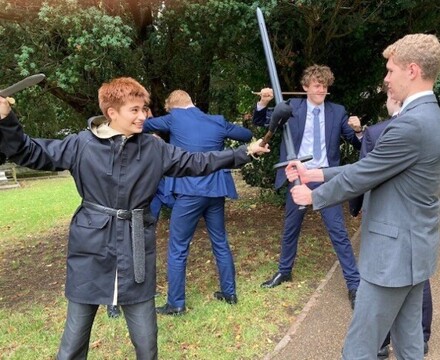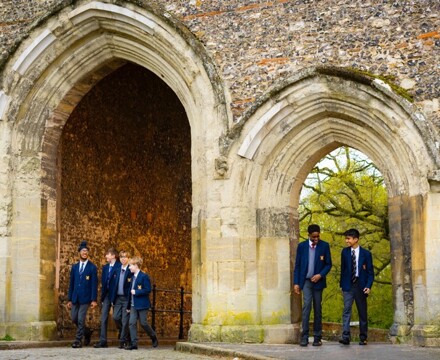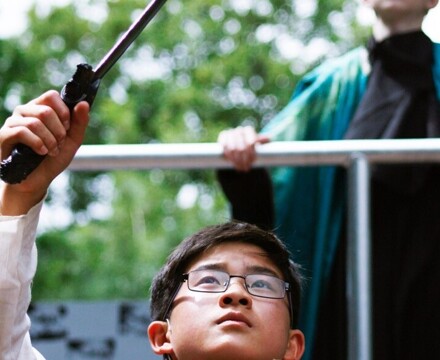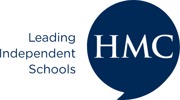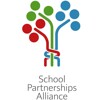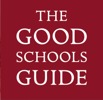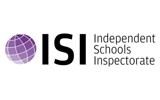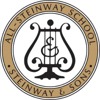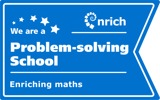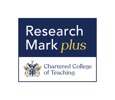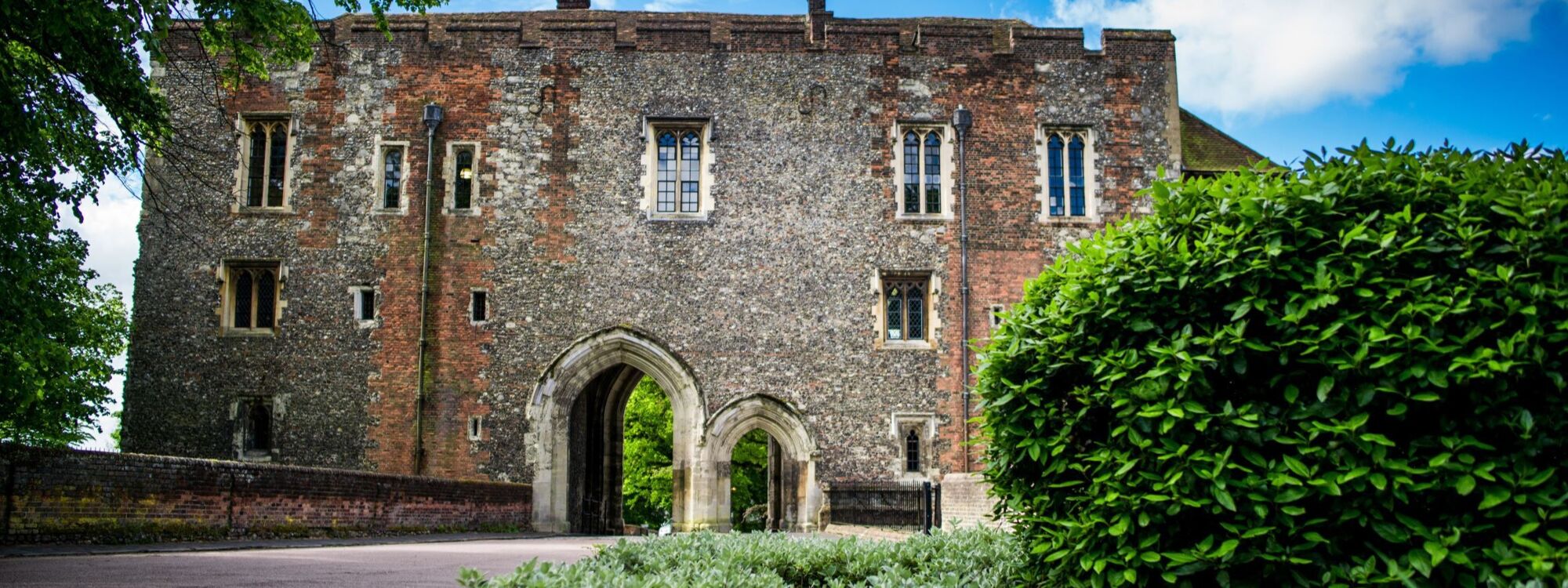
History
Located in special rooms of considerable historical interest in the School’s 14th century Abbey Gateway, we develop pupils' awareness of how past events have shaped the present, and created the world we live in today. We ensure that our pupils can think for themselves by exposing them to a wide range of contemporary sources and historical interpretations in each year group. This is reflected in our own award-winning journal, the Gateway Chronicle, which is published annually. It is researched, written, and edited by a dedicated team of pupils across all year groups.
Read the latest Gateway Chronicle here
The History Department aims for innovation, relevance, and diversity. We want each pupil to see both themselves and their current world in the material that they learn. As such, history at St Albans School equips pupils with not just knowledge of the past, but also tools for understanding and shaping the future.
In the First and Second Forms (Years 7 and 8), we explore medieval and early modern history, situating England alongside wider European and world events. Fundamental British values are conveyed through our exploration of monarchy, the development of the rule of law, and the rise of parliamentary power in the 17th century. We also ensure that pupils appreciate their immediate locale with an exploration on medieval St Albans. This unit is complemented by a tour of the city, where pupils discover the School’s connections to King John, the Peasants’ Revolt, and the Black Death. At the end of each year, pupils visit Dover Castle and Hampton Court Palace respectively, where they are entertained by guides in costume and see their studies come to life. Beyond medieval Europe, our pupils study the history of the Silk Roads and various African Kingdoms; we believe this learning helps to challenge colonialist historical narratives, and encourages our pupils to consider the subjectivity inherent to any account of historical events.
Both teaching and learning in the Third Form (Year 9) upwards are entirely paperless, with all work being set, completed, and marked on OneNote. Gone are the days of faded photocopies. Instead, pupils can now view 3D reconstructions of buildings, embed YouTube videos within their class notes, and zoom in on political cartoons to understand their full meaning. This is particularly useful in the Third Form, where the curriculum shifts to the nineteenth and twentieth centuries. We explore the First World War alongside a study of the rise of Hitler and the Holocaust. In the spring term, pupils learn about the British Empire and explore how past migration has shaped modern society. To gain a better understanding of contemporary conflicts, pupils complete the year with an independent research project on the emergence of the USSR and the various Cold War crises that shaped the second half of the 20th century.
A significant number of pupils then opt to continue the study of History at GCSE level. We follow the AQA syllabus and the pathway we have chosen through this course enables students to embark on a comprehensive study of various topics, including: Conflict & Tension, 1918-1939; Tsardom to Communism, 1894-1945; Elizabethan England, c.1568-1603; and Britain: Health & The People, c.1000-Present. Exploring topics with such a broad chronological and geographic scope helps pupils to develop into impressive historians and prepares them for the demands of A Level History. This is furthered by the inclusion of depth, breadth, source, and interpretation questions across the two exam papers. These question types also feature regularly in lessons to help pupils develop the key skills required within history and the wider world.
At A Level, pupils embark on a study of 20th century history, focusing on Britain: 1918-1997 for Paper 1, alongside the USA: 1955-1992 for Paper 2. As well as including the economic and political histories, students also appreciate the struggle to achieve civil rights for various minority groups such as women, LGBTQ+ groups, American Indians, and other ethnic minorities. This is contrasted with a cultural strand, where the histories of music, film, television, and fashion come to the fore. Thereafter, pupils are offered a choice of topics for Paper 3. Some choose to explore the medieval world through the study of the Lancastrians & Yorkists: 1445-1509, while others opt for a study of the witchcraze in Britain, Europe, and North America between c.1580-1750. These two units are supported with visits to London and Edinburgh respectively. Like the GCSE course, the chronological and geographic scope that we cover ensures that pupils are prepared for the demands of reading history at university, which many go on to do.
